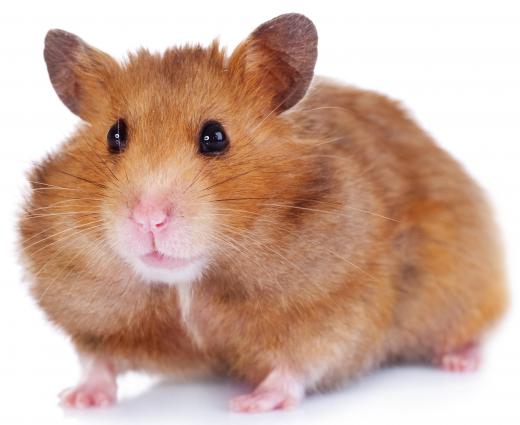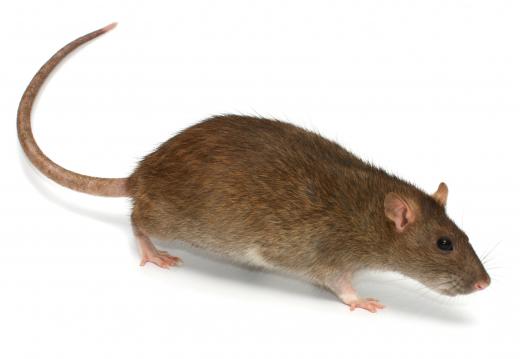What are Rodents?
 Michael Anissimov
Michael Anissimov
Rodents are an order of small placental mammals characterized by their skulls, continuously growing teeth, and sharp incisors which they use to gnaw wood, break open hard nuts, and bite predators. Their name means "gnawing teeth" in Latin. Some rodents include chipmunks, hamsters, gerbils, gophers, porcupines, mice, rats, squirrels, beavers, and guinea pigs. They are found on all continents except Antarctica in great numbers, and make up 40 percent of mammal biodiversity, with about 2,277 species.
Rodents range in size from the tiny African Pygmy Mouse, which is between 3 and 8 cm (1.2 - 3.1 in) long with a 2 to 4 cm (0.8 - 1.6 in) tail, and weigh from 3 to 12 grams, to the capybara, the largest living rodent, which may grow to 130 centimetres (4.3 ft), and weigh up to 65 kg (140 lb). Several million years ago, there were much larger rodents, including Phoberomys pattersoni, which was 3 m (9.8 ft) long, with a 1.5 m (5 ft.) tail, and probably weighed around 700 kg (1,450 lb), about the size of a cow, and the even larger, recently discovered Josephoartigasia monesi, which weighed about a metric ton, although the largest individuals may have weighed 2.5 tons. That's a big rodent.

The most common rodents are mice, rats, squirrels, partially a result of their ability to adapt to environments heavily settled by human beings, although they are found in the wild in great numbers. Like other rodents, they are successful due to their small size, high reproductive rates, high speeds, the ability to gnaw through barriers and consume a wide range of foods. All rodents are herbivores. Their primary predators are foxes, cats, and dogs. Due to their often dirty nature, and small size, rodents are one group of mammals not frequently consumed as food by humans, although a few cultures, such as in the Midwest United States, consume squirrels infrequently.

The fossil record of rodent-like animals begins about 65 million years ago, in the Paleocene, shortly after the extinction of the non-avian dinosaurs. About 35 million years ago, rodents diversified into the ancestors of beavers, the dormouse, squirrels, and other modern groups. Their closest relatives are the lagomorphs, which include rabbits, hares, and pikas.
AS FEATURED ON:
AS FEATURED ON:














Discuss this Article
Post your comments